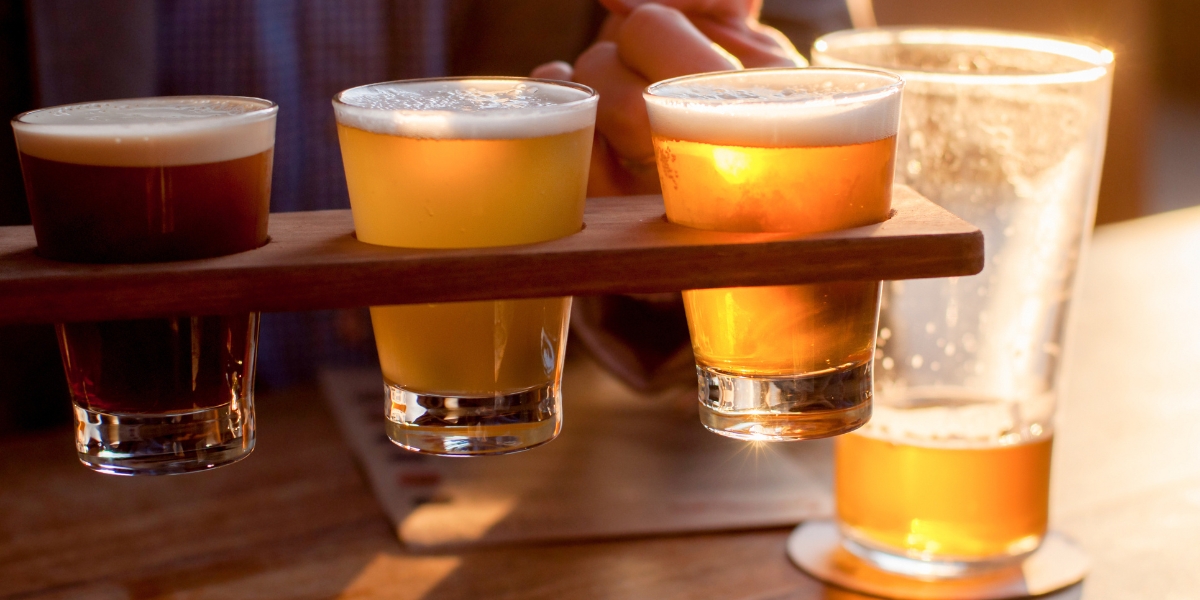Binge Drinking
Category





White Oak Recovery Center is committed to transforming the lives of people struggling with substance use and mental health disorders with researched, fact-based content. Our material is researched, reviewed, cited, and edited. All information and content on this website are for informational and educational purposes only. Our content is not a substitute for professional medical advice, diagnosis, or treatment. It should not be used in place of the advice of a physician or other qualified healthcare providers. Always seek the advice of your doctor.
By using this website, you agree to the storing of cookies on your device to enhance site navigation, analyze site usage, and assist in our marketing efforts. View our Privacy Policy for more information.

